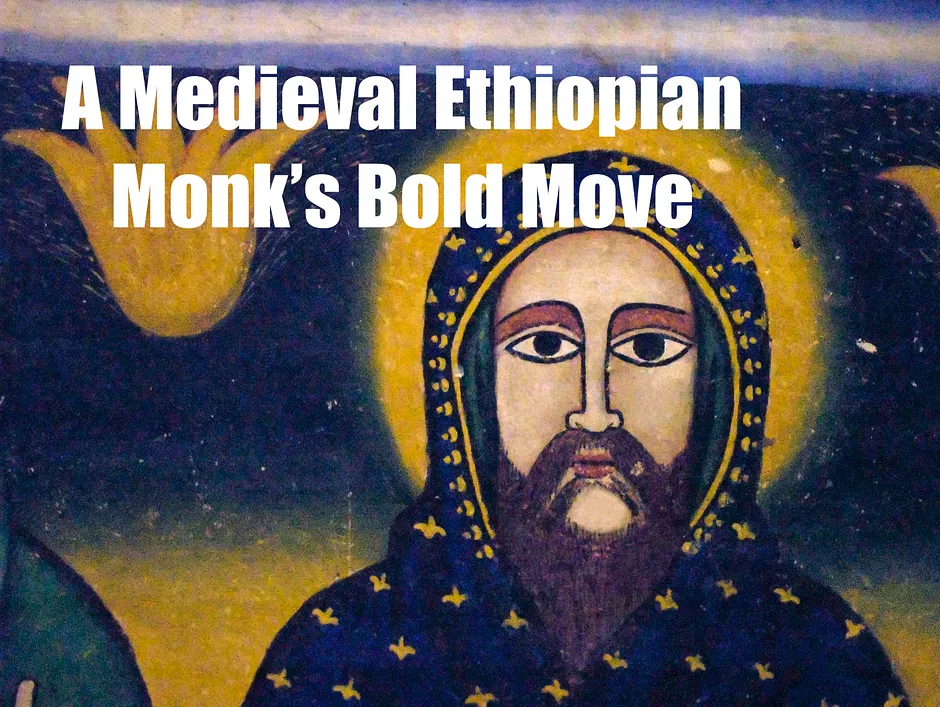Medieval Christianity was not a monolithic, Europe-centered institution—it was a network of diverse communities stretching from Ethiopia to Jerusalem and beyond. One Ethiopian monk’s bold attempt to reshape his church’s hierarchy offers a striking example of how Christian communities across the medieval world were deeply interconnected.
By Cait Stevenson
There’s no question that the term “medieval world” means something radically different today than it did in 1953. That’s when R. W. Southern published the massively important, paradigm-shifting, and somehow still readable The Making of the Middle Ages—which accepted a thin arc of northern France and England, almost exclusively, as making the Middle Ages. Today, the adventurous follow the Indian Ocean trade currents from the Swahili city-states to Arabia to India; archaeological data about the Mongols serves as evidence for the environmental history of Europe; the sheer volume of scholarship on “perceptions of the [Christian, Muslim, Jewish, Zoroastrian] Other” could sink an aircraft carrier.
While the concept of a “Global Middle Ages” is now widely accepted, scholars remain hesitant to apply the same perspective to global Christianity. But the existence of a Christian world was no less true in the High Middle Ages than in late antiquity or the age of empire. This refers to the presence of thriving Christian communities, of course, but equally to moments of connection between them.


No Comment Found.